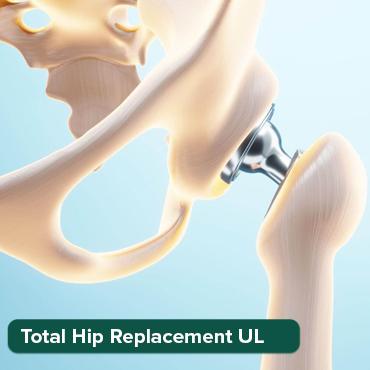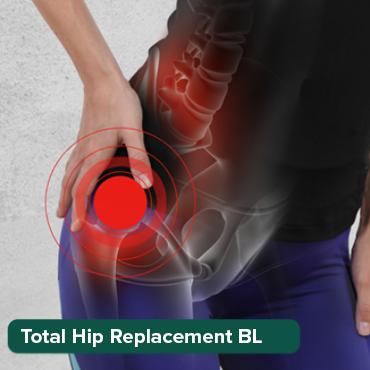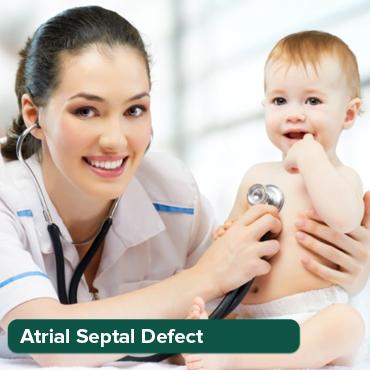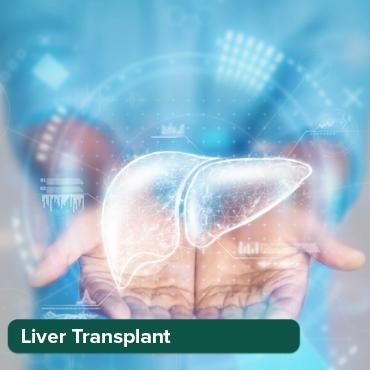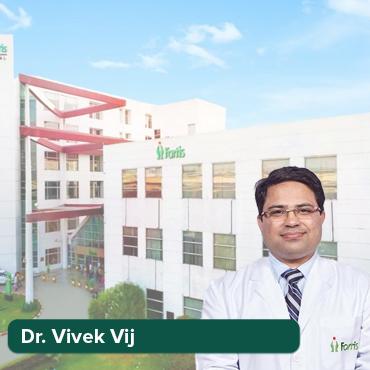
Living with a VP Shunt: Tips and Advice
04 Dec, 2024
 Healthtrip
HealthtripLiving with a VP shunt can be a life-changing experience, but it can also come with its own set of challenges. A VP shunt, or ventriculoperitoneal shunt, is a medical device that helps to drain excess cerebrospinal fluid from the brain and redirect it to the abdominal cavity, where it can be absorbed by the body. While it can be a lifesaving treatment for conditions such as hydrocephalus, it requires careful management and maintenance to ensure optimal health. In this article, we'll explore some valuable tips and advice for living with a VP shunt, and how Healthtrip can help make the journey smoother.
Understanding Your VP Shunt
One of the most important things you can do when living with a VP shunt is to understand how it works and how to take care of it. This means being aware of the signs and symptoms of shunt malfunction, such as headaches, nausea, and vomiting, and knowing when to seek medical attention. It's also crucial to follow your doctor's instructions for shunt maintenance, including regular check-ups and monitoring of shunt function. By being proactive and informed, you can help prevent complications and ensure that your shunt continues to function properly.
Most popular procedures in India
Monitoring for Infections
Infections are a common complication of VP shunts, and can occur at the surgical site, in the shunt itself, or in the abdominal cavity. To reduce the risk of infection, it's essential to keep the surgical site clean and dry, and to report any signs of infection, such as redness, swelling, or increased pain, to your doctor immediately. Additionally, practicing good hygiene, such as washing your hands regularly, can help prevent the spread of infection.
Wellness Treatments
Give yourself the time to relax
Lowest Prices Guaranteed!

Lowest Prices Guaranteed!
Managing Daily Life with a VP Shunt
Living with a VP shunt can affect many aspects of daily life, from physical activity to social relationships. One of the biggest challenges can be finding ways to manage physical limitations, such as fatigue or weakness, while still maintaining independence and autonomy. This may involve adapting daily routines, such as taking regular breaks to rest or using assistive devices, such as canes or walkers, to aid mobility. It's also important to prioritize self-care, including getting enough sleep, eating a healthy diet, and engaging in activities that bring joy and fulfillment.
Building a Support Network
Having a strong support network can be a lifesaver when living with a VP shunt. This can include family members, friends, or support groups, who can offer emotional support, help with daily tasks, and provide a sense of connection and community. Don't be afraid to reach out for help when you need it, and consider joining a support group or online community to connect with others who are going through similar experiences.
Traveling with a VP Shunt
Traveling can be a challenge for anyone, but it can be especially daunting for individuals with a VP shunt. However, with some planning and preparation, it's possible to travel safely and confidently. This may involve consulting with your doctor before traveling, carrying a shunt passport or identification, and being aware of local medical facilities and resources. Healthtrip can also provide valuable assistance, connecting you with medical professionals and facilities around the world, and helping to coordinate care and logistics.
Planning Ahead
When planning a trip, it's essential to consider the potential risks and challenges of traveling with a VP shunt. This may involve researching medical facilities and resources at your destination, packing essential medications and supplies, and being prepared for emergencies. By planning ahead and being proactive, you can minimize the risk of complications and ensure a safe and enjoyable trip.
Conclusion
Living with a VP shunt requires careful management and maintenance, but with the right support and resources, it's possible to live a full and active life. By understanding your shunt, managing daily life, building a support network, and planning ahead, you can thrive and overcome the challenges of living with a VP shunt. And with Healthtrip, you can have peace of mind knowing that you have access to expert medical care and support, wherever you are in the world.
Most popular wellness packages
Related Blogs

Long-Term Follow-Up After Eye Surgery
Detailed insights into eye surgery – doctors, hospitals, technology, recovery,

Healthtrip’s Transparency in Eye Surgery Pricing and Packages
Detailed insights into eye surgery – doctors, hospitals, technology, recovery,
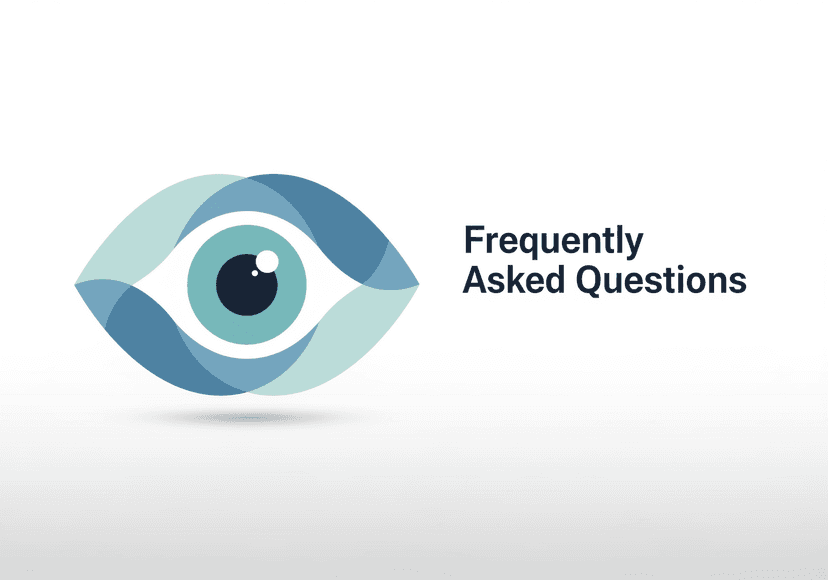
Frequently Asked Questions About Eye Surgery
Detailed insights into eye surgery – doctors, hospitals, technology, recovery,

Advanced Robotic Technology Used in Eye Surgery
Detailed insights into eye surgery – doctors, hospitals, technology, recovery,
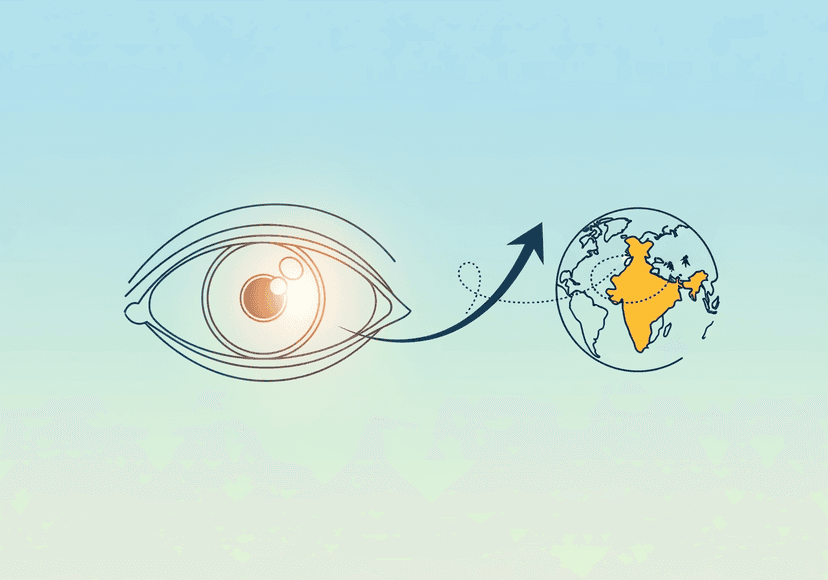
How Healthtrip Supports Foreign Patients for Eye Surgery in India
Detailed insights into eye surgery – doctors, hospitals, technology, recovery,
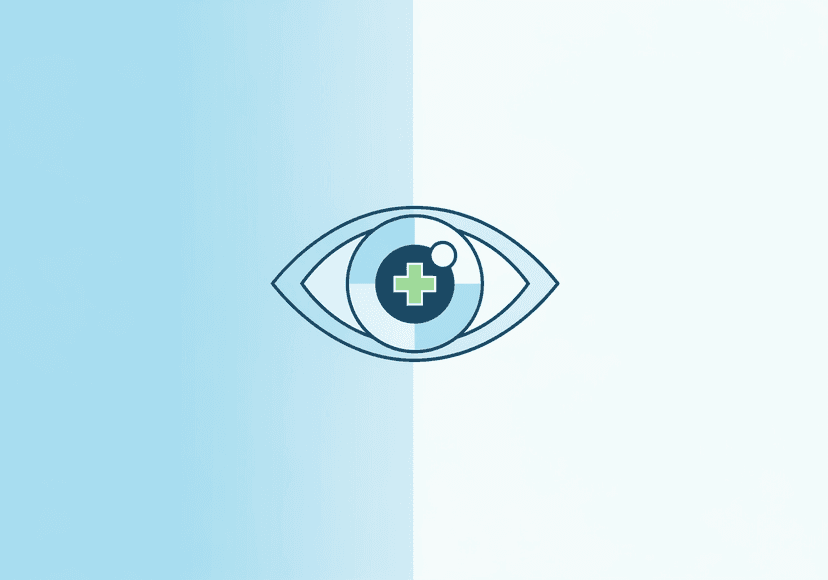
Top Medical Packages for Eye Surgery Offered by Healthtrip
Detailed insights into eye surgery – doctors, hospitals, technology, recovery,
